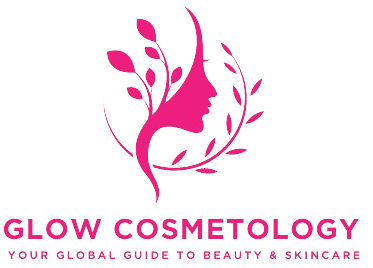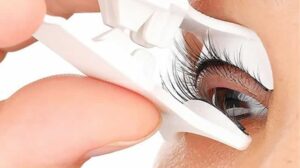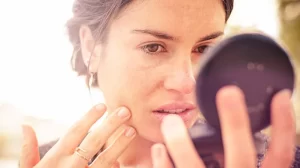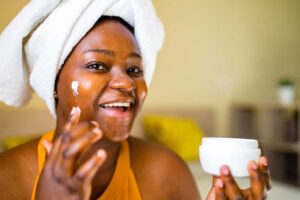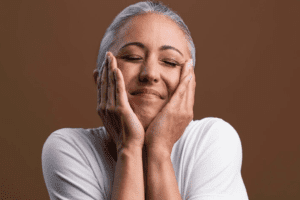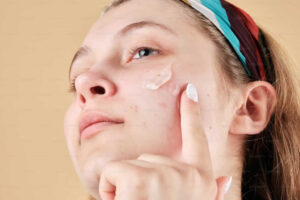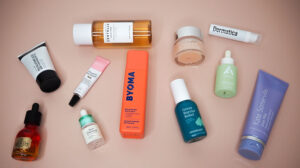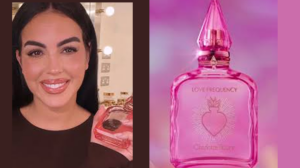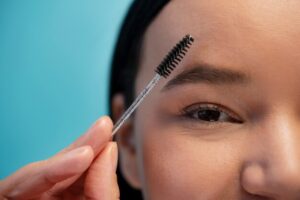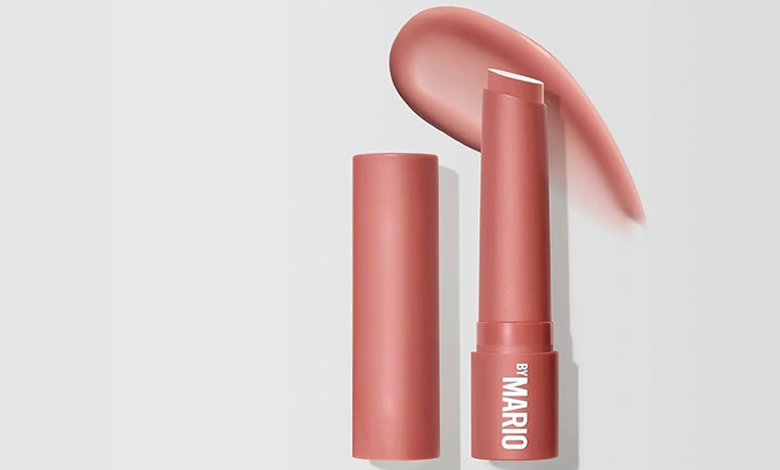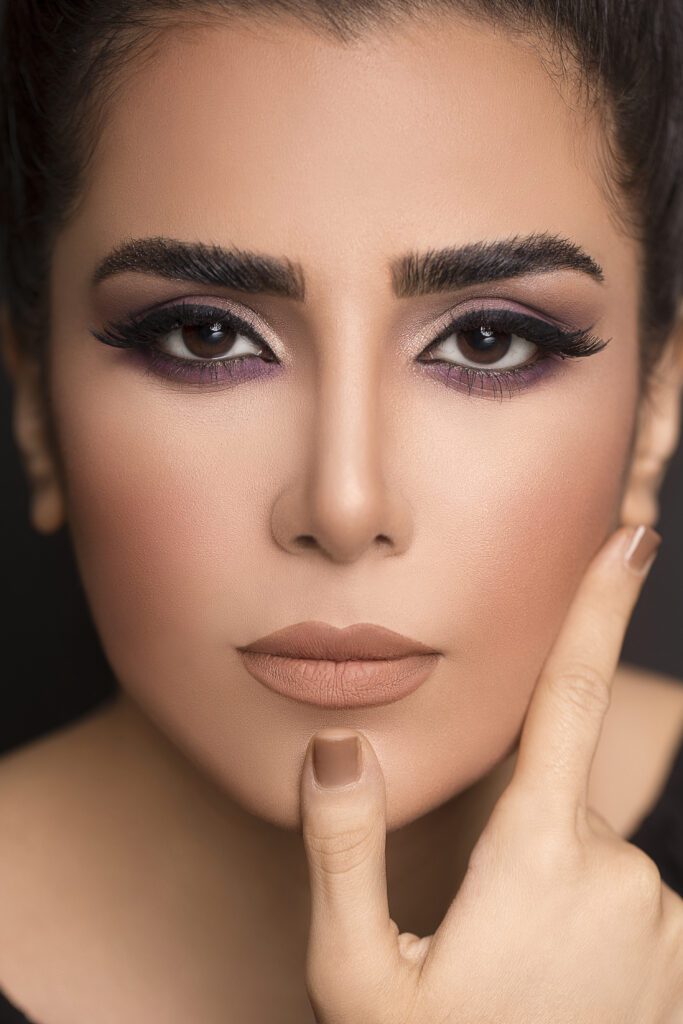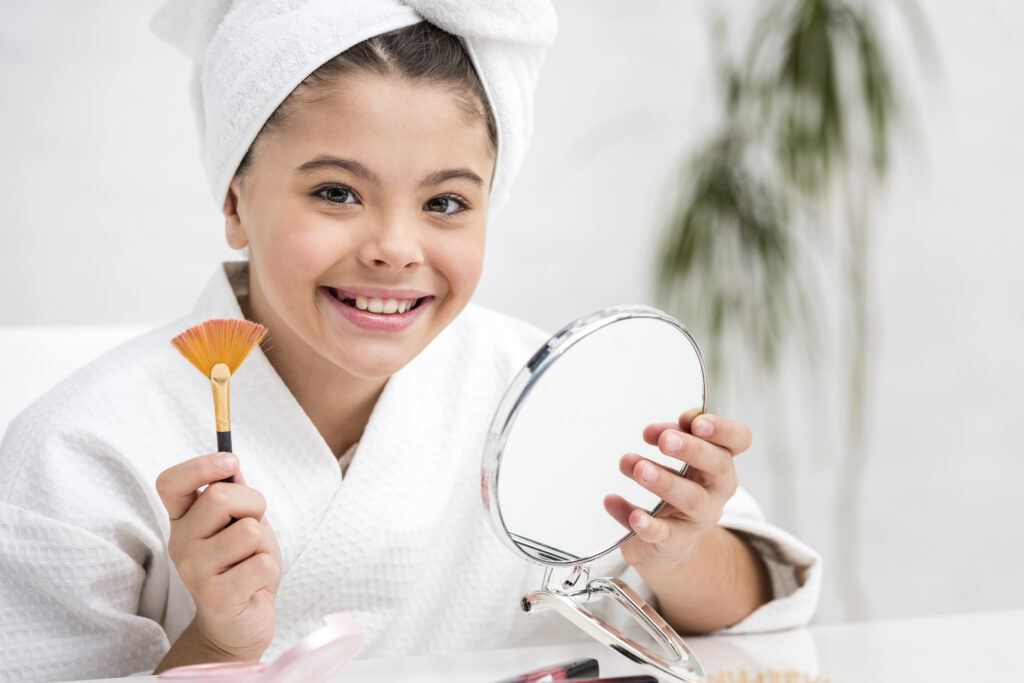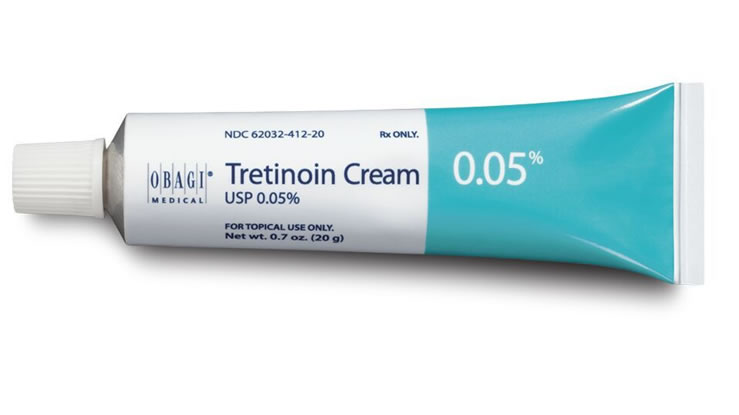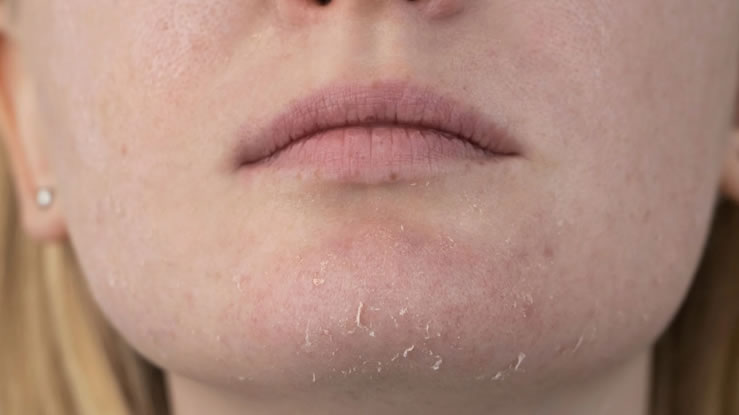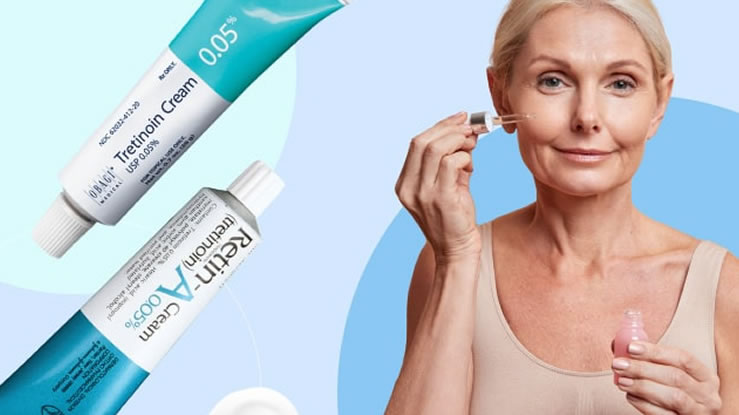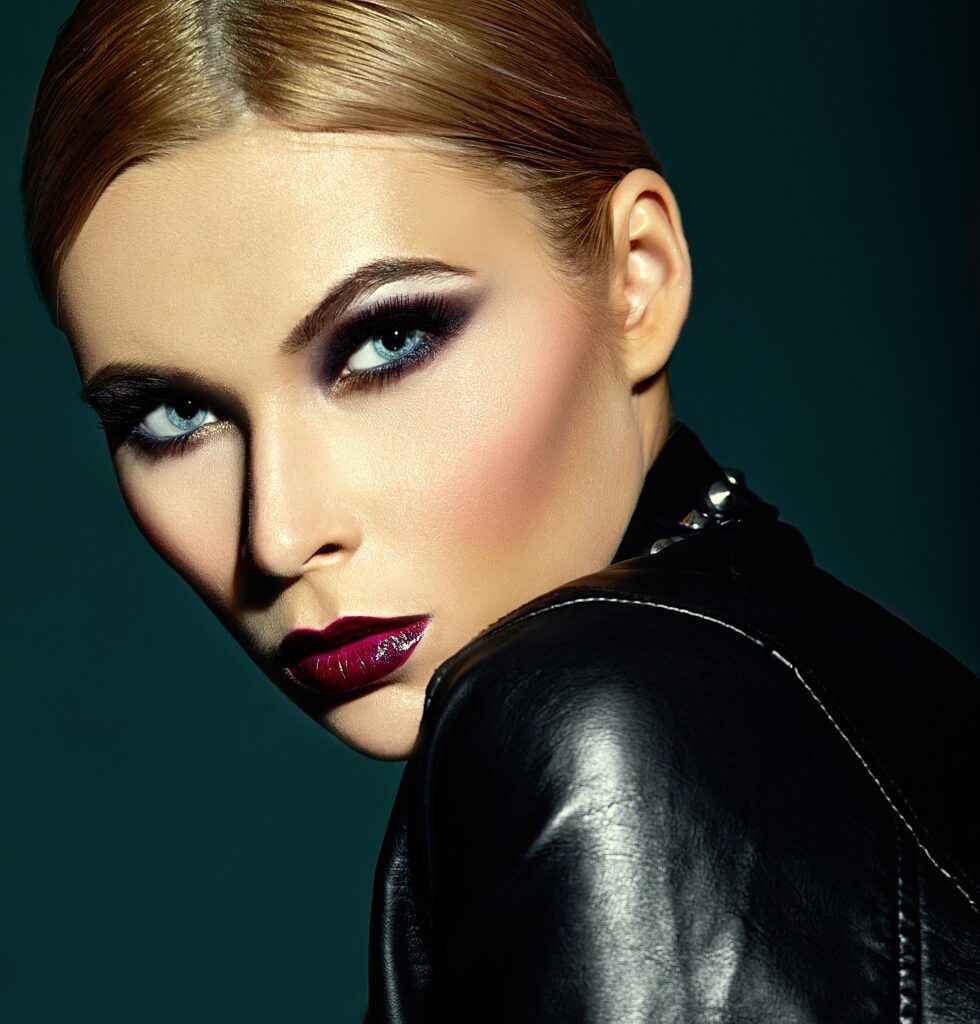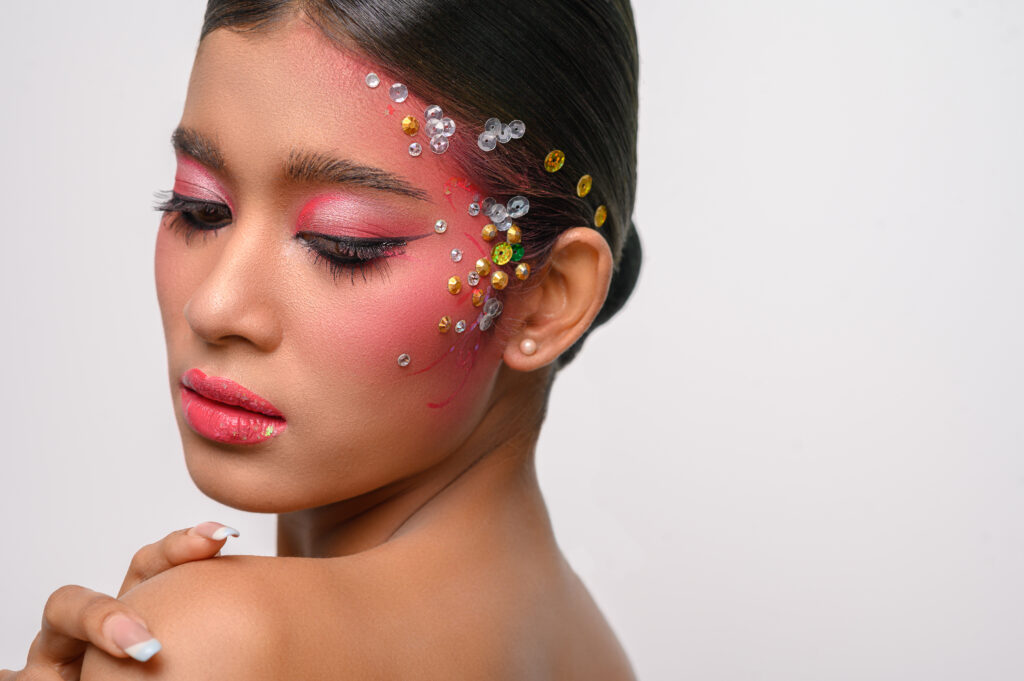Hair loss is a common concern for millions of people around the world. Whether it’s triggered by stress, genetics, aging, hormonal changes, or lifestyle choices, losing hair can be distressing. Fortunately, there are several effective solutions for promoting hair growth and stopping hair fall—ranging from topical treatments to medical interventions and natural remedies.
This comprehensive article explores the causes of hair fall, the most effective treatments for promoting hair regrowth, and practical steps to strengthen hair over the long term.
Read Also>>>Do Peptides for Hair Growth really work?
Understanding the Causes of Hair Fall
Before identifying the best solutions, it’s important to understand what’s causing the hair loss. Common causes include:
Genetic Predisposition
Androgenetic alopecia, also known as male or female pattern baldness, is the most common form of hair loss. It is typically hereditary and tends to progress over time.
Hormonal Changes
Hormonal imbalances due to pregnancy, menopause, thyroid problems, or polycystic ovary syndrome (PCOS) can lead to significant hair shedding.
Nutritional Deficiencies
Lack of essential nutrients such as iron, vitamin D, zinc, biotin, and protein can weaken hair follicles and contribute to hair fall.
Stress and Illness
Emotional stress, trauma, or illnesses like COVID-19 and autoimmune diseases may trigger telogen effluvium, a condition that pushes hair into the shedding phase prematurely.
Chemical Treatments and Styling
Frequent use of chemical dyes, heat styling tools, and tight hairstyles can damage hair shafts and weaken roots, leading to breakage and thinning.
Best Solutions for Hair Growth and Stopping Hair Fall
A combination of treatments and lifestyle changes often yields the best results. Below are evidence-based methods and widely recommended approaches.
1. Topical Treatments
Minoxidil
Minoxidil is an FDA-approved over-the-counter topical treatment for hair regrowth. Available in 2% and 5% solutions or foam, it increases blood flow to the hair follicles and prolongs the anagen (growth) phase of the hair cycle.
It is suitable for both men and women and is most effective when started early. It must be used consistently, as stopping the application usually results in resumed hair fall.
Rosemary Oil
Studies have shown rosemary oil to be as effective as minoxidil in some individuals. It improves circulation, has anti-inflammatory properties, and promotes hair growth without many side effects.
Caffeine-Based Serums
Caffeine-infused hair serums and shampoos can stimulate hair follicles and reduce dihydrotestosterone (DHT), a hormone linked to hair loss in androgenetic alopecia.
2. Oral Medications and Supplements for hair growth

Finasteride
Finasteride is a prescription medication for men that works by inhibiting the conversion of testosterone to DHT. It significantly slows hair loss and can help regrow hair on the scalp.
It is not suitable for women of childbearing age due to potential side effects and risks to pregnancy.
Biotin
Biotin (vitamin B7) plays a critical role in keratin production and hair structure. While true biotin deficiency is rare, supplementation can help people with brittle, thinning hair, especially when caused by poor diet or health issues.
Iron and Vitamin D
Deficiencies in iron and vitamin D are directly linked to hair thinning and hair fall. Blood tests can help diagnose these deficiencies. Iron-rich foods and supplements, as well as safe sun exposure or vitamin D3 supplements, are often effective.
Zinc and Omega-3 Fatty Acids
Zinc helps repair hair tissues and keeps the oil glands around hair follicles working properly. Omega-3s reduce inflammation and nourish the scalp, both of which support healthy hair growth.
3. Medical Treatments for hair growth
Platelet-Rich Plasma (PRP) Therapy
PRP therapy involves extracting a patient’s own blood, processing it to isolate platelets, and injecting it into the scalp. These platelets release growth factors that stimulate hair follicles and promote regrowth.
PRP has gained popularity for treating thinning hair, especially in early stages of alopecia.
Microneedling
Microneedling involves using a derma roller or pen with tiny needles to create micro-injuries in the scalp. This stimulates collagen production and improves product absorption. When combined with topical treatments like minoxidil or peptides, results are often enhanced.
Low-Level Laser Therapy (LLLT)
LLLT uses red light or near-infrared light to stimulate blood flow and cellular activity in the scalp. Devices like laser combs or caps are FDA-cleared and may improve hair thickness over several months of use.
4. Hair Growth Shampoos and Conditioners for hair growth
While not miracle cures, certain shampoos can support hair health by cleansing the scalp and removing buildup that may block follicles. Look for shampoos containing ingredients like:
-
Ketoconazole (antifungal, reduces inflammation)
-
Caffeine (stimulates growth)
-
Biotin (strengthens strands)
-
Saw palmetto (blocks DHT naturally)
Popular options include Nioxin, Pura D’Or, and Ultrax Labs Hair Surge.
5. Natural Remedies and DIY Treatments for hair growth
Some people prefer natural methods to support hair health. While evidence may be limited, these treatments are generally safe and may help improve scalp conditions:
-
Aloe vera gel: Soothes the scalp and conditions hair
-
Onion juice: Contains sulfur, which may boost collagen and promote growth
-
Green tea rinse: Rich in antioxidants that stimulate hair follicles
-
Coconut oil massage: Moisturizes the scalp and strengthens hair shafts
Consistency and patience are key when using natural remedies, and results may vary depending on the underlying cause of hair loss.
6. Lifestyle and Hair Care Habits for hair growth
Healthy Diet
A balanced diet is fundamental to strong, healthy hair. Focus on protein-rich foods like eggs, fish, beans, and nuts, as well as fruits and vegetables that are high in antioxidants and vitamins.
Scalp Care
Keeping the scalp clean and well-moisturized creates a healthy environment for follicles. Avoid product buildup and wash hair regularly, especially if you sweat heavily or use styling products often.
Stress Management
Chronic stress is a known trigger for hair shedding. Practices like yoga, meditation, adequate sleep, and regular exercise can help regulate hormones and support hair retention.
Avoiding Heat and Chemical Damage
Minimize the use of curling irons, straighteners, and hair dryers on high heat. Reduce chemical treatments like bleaching, perming, and frequent dyeing to prevent weakening hair shafts.
Protective Hairstyles
Avoid tight ponytails, braids, or buns that pull on the hairline. Opt for looser styles and use silk pillowcases or satin hair wraps to reduce friction and breakage.
7. When to See a Dermatologist
If hair fall is sudden, patchy, or accompanied by other symptoms like scalp redness, itching, or scarring, it’s crucial to consult a dermatologist. Conditions like alopecia areata, scalp infections, or underlying health disorders require professional diagnosis and treatment.
Dermatologists can also help develop a custom treatment plan using a combination of prescription medications, in-clinic procedures, and at-home care.
The best way to promote hair growth and stop hair fall involves a holistic approach. It’s rarely about one miracle product or quick fix. By identifying the root cause, addressing nutritional or hormonal deficiencies, using scientifically backed treatments, and adopting a scalp-friendly lifestyle, most people can see significant improvements in hair quality and density.
While genetics and aging play a role, consistent care and the right combination of treatments can make a measurable difference in hair regrowth and retention. Whether you choose clinical solutions like minoxidil and PRP, or opt for natural oils and dietary changes, the key lies in understanding your specific hair needs and being patient with the process.
